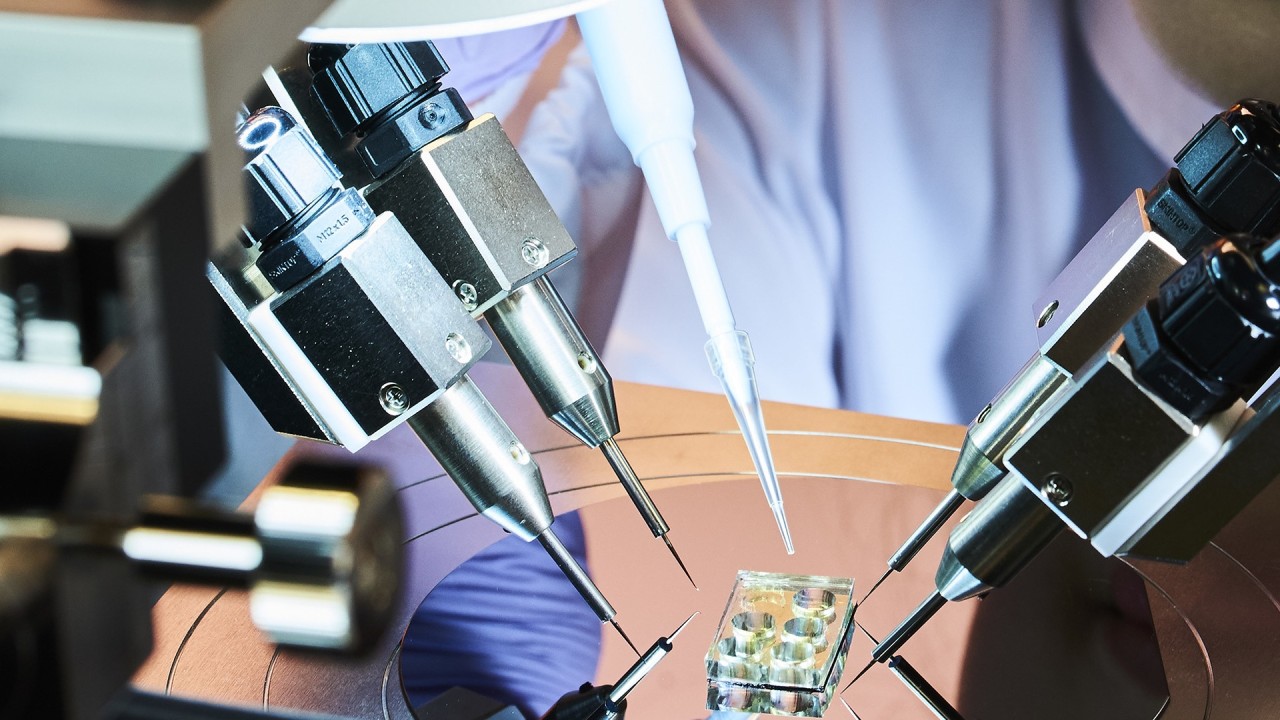R&D Leader
Keiko Kono (OIST, Associate Professor)
Projects
Leveraging Wearable Technology for Supporting Mental Well-being
PI: Kenji DOYA
Development of Biomarker-based Diagnostic Tools for ALS
PI: Marco Terenzio
Overcoming Aging and Dementia by Focusing on Glial Cells
PI: Yukiko Goda
Healthy Aging by Ameliorating Plasma Membrane Damage
PI: Keiko Kono
Miniaturized Lab-on-a-Chip Devices for Precision Diagnosis
PI: Amy Shen
Laboratory Automation System Development using AI and Robot Technology
PI: Hiroaki Kitano







